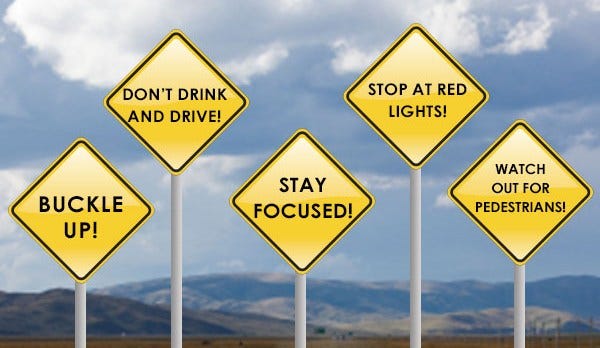Driving in Saudi Arabia can be an exciting experience, whether you’re cruising through the bustling streets of Riyadh, navigating the highways between cities, or venturing out into the desert. However, with the fast-paced driving culture and unique road conditions, it’s essential to be aware of some essential tips for driving and local driving practices to ensure a smooth and safe driving experience.
Whether you’re a local resident or a visitor, here are some essential tips for driving to keep in mind while driving on Saudi Arabian roads.
Always Follow Speed Limits
Speed limits in Saudi Arabia are strictly enforced, and fines for speeding can be hefty. While driving within cities, speed limits are typically around 60-80 km/h; on highways, they can reach up to 120 km/h. However, it’s important to stay alert to road signs as speed limits can vary depending on the area. For your safety and to avoid penalties, make sure to keep a close eye on the speedometer.
Beware of Lane Changing
One of the most noticeable aspects of driving in Saudi Arabia is the quick lane changes and aggressive driving. It’s common for drivers to change lanes without signaling, which can make driving challenging for newcomers. Always check your mirrors and exercise caution when overtaking or changing lanes. Maintain a safe distance from other vehicles and keep a low speed when changing lanes.
Don’t Forget Your Seatbelt
Seatbelt usage is mandatory for all passengers in Saudi Arabia. The law requires everyone in the car, including rear-seat passengers, to wear a seatbelt. Police are vigilant about enforcing this rule, and you could face a hefty fine if caught without a seatbelt. It’s not just about avoiding fines, it’s about ensuring your safety and protecting yourself in the event of an accident.
Watch Out for Sandstorms
Saudi Arabia’s desert environment means that sandstorms can occur unexpectedly, especially in the summer months. When driving in conditions of low visibility caused by a sandstorm, it’s crucial to slow down and switch on your hazard lights. Pulling over to the side of the road is often the safest option until the storm subsides.
Understand Roundabout Rules
Roundabouts are common on Saudi roads, but the rules of yielding can sometimes be confusing. Typically, vehicles inside the roundabout have the right of way, but this is not always strictly followed. Approach roundabouts with caution and be prepared to yield if necessary. Always use your indicators when exiting a roundabout to ensure other drivers understand your intentions and can react accordingly.
Keep an Eye on Pedestrians and Animals
While major cities have pedestrian crossings and traffic lights, in rural areas and on highways, pedestrians and even animals may not always be visible until the last minute. Always be vigilant for pedestrians crossing roads, especially in less urbanized areas. Keep a safe distance from camels, goats, and other livestock that may wander onto the streets, as accidents involving animals can be severe.
Use Your Indicators
Indicator usage is a basic aspect of road safety, yet drivers often overlook it. However, using your indicators is necessary to hint at your next move to the cars coming from behind. Whether changing lanes, merging into traffic, or turning at intersections, make sure to signal your intentions to avoid accidents and to stay in line with the law.
Avoid Using Your Phone
Using a mobile phone while driving is illegal in Saudi Arabia unless you’re using hands-free equipment. Distracted driving is a major cause of accidents, so it’s always best to stay focused on the road. If you need to make an important call or check your phone, pull over to a safe location and park before doing so.
Fuel Up and Plan Your Route
Saudi Arabia is vast, and some of the highways and desert roads are long stretches without fuel stations or services. Always ensure you have enough fuel before embarking on a long journey, especially if you’re driving through rural or desert areas. It’s a good idea to plan your route and take note of the nearest fuel stations along the way.
Conclusion
Driving in Saudi Arabia can be an enjoyable and safe experience if you’re prepared and follow the local rules. By paying attention to speed limits, practicing defensive driving, staying cautious around sandstorms and roadwork, and always wearing your seatbelt, you can ensure a smooth ride across this diverse country.
Keeping these essential tips for driving in mind, you’ll be ready to confidently navigate the roads of Saudi Arabia, whether you’re in the city or heading out into the desert!
Follow Arabwheels for more helpful guides and tips.
